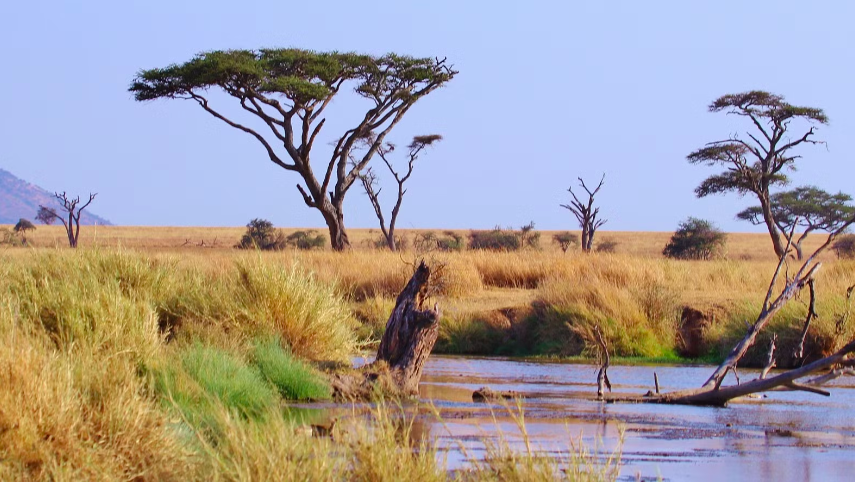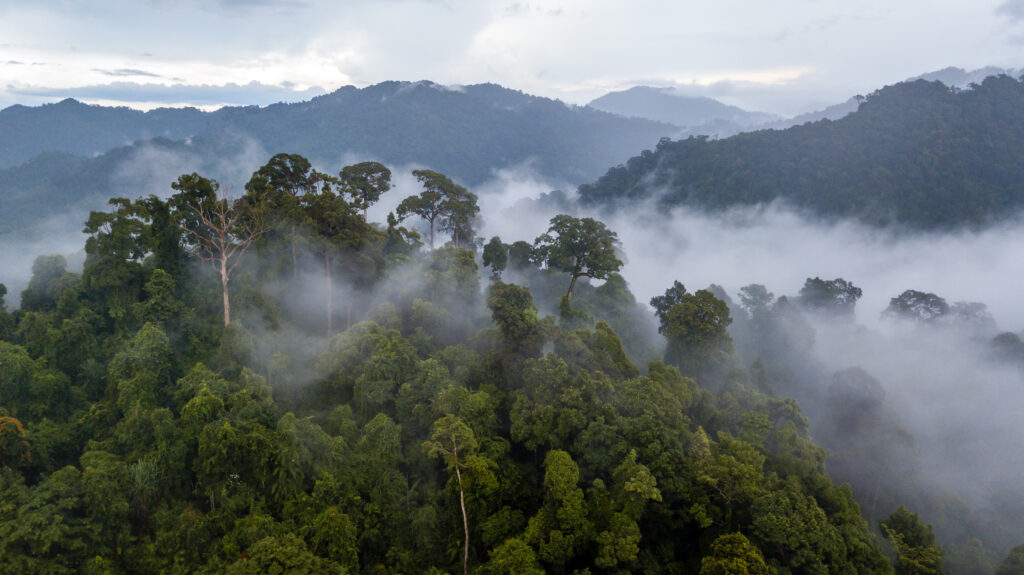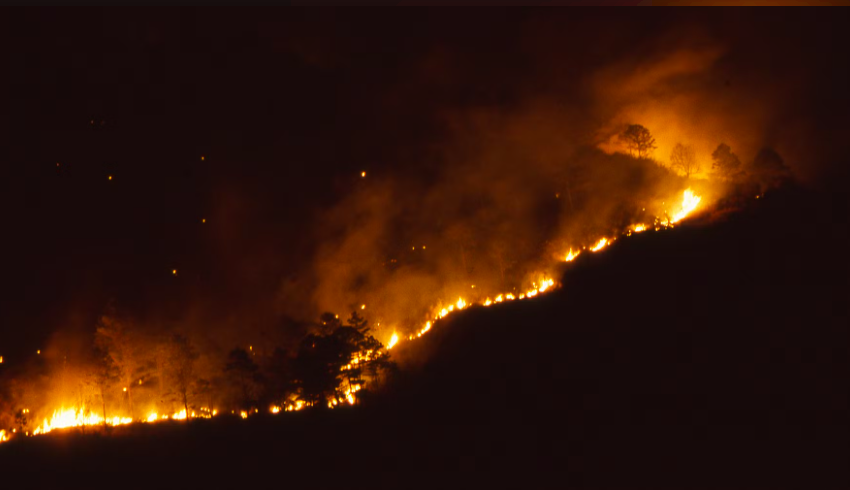It is particularly in West Africa, as well as Ethiopia, Tanzania, and the Democratic Republic of Congo, that large portions of plant diversity are at critical risk of extinction. A new research method has examined over 22,000 plant species, forming the basis of this alarming prediction.
New research concludes that one-third of tropical African plants are facing extinction. This is reported by Mongabay on 20 November. The research has examined the potential conservation status of tropical flora on a continental scale. The findings were published in Science Advances and are based on official extinction assessments from the International Union for Conservation of Nature’s (IUCN) Red List of Threatened Species. The plant species particularly at risk of extinction include trees, shrubs, herbs, and climbers. The research was conducted on a continental scale, but it is particularly in areas of West Africa, as well as Ethiopia, Tanzania, and the Democratic Republic of Congo, that the situation is deemed critical: here, more than 40 per cent of current plant diversity is predicted to disappear.
Serious concern for biodiversity and extinction
Thomas Couvreur, a tropical botanist from the French Institute of Sustainable Development and lead researcher behind the findings, expresses concern for biodiversity in tropical Africa: “Biodiversity provides numerous benefits to humanity, and losing it jeopardises our shared future,” Thomas Couvreur told BBC News. He elaborates, explaining that the situation is particularly problematic in tropical Africa:
“It is a region with incredible diversity, but it is also undergoing major social and political changes and is expected to see rapid population growth over the next decade.” According to researchers, one of the main threats to tropical plants is the increasing population, which will put greater pressure on nature as the demand for resources rises. Deforestation and climate change are also contributing factors to the threats facing plant life, according to the study.
The results of the research are based on an examination of 22,036 plant species. Of these, 17.3 per cent were classified as likely threatened, and 14.4 per cent as potentially threatened. Together, these account for a total of 31.7 per cent, meaning that nearly one-third of tropical African plants are at risk of extinction. In addition to these findings, researchers also discovered that 33.2 per cent of the plants studied are classified as rare. This means that their distribution is shrinking, causing their habitats to become smaller. As a result, these plants are also feared to be at risk of extinction in the future.
New research method
The researchers behind the findings used a method based on two criteria from the IUCN Red List of Threatened Species. These criteria relate to the reduction in population size and habitat range of the species. Based on these criteria, a computer algorithm was developed to automatically classify the conservation status of plants. This algorithm was then applied to a database of more than 20,000 plant species, combined with data on potential risks such as cultivated land, urban areas, and projected mining activities. The alarming finding that one-third of tropical African plant species are potentially threatened with extinction is cause for concern, says Dr William Hawthorne, a tropical botanist and plant environmental researcher from Oxford University, in an interview with The Guardian:
“What is really needed in light of this general alarm is more locally focused studies based on new data and greater initiatives to undertake more thorough and extensive botanical mapping.”
Press contact
Jonas Schmidt Hansen
Who is Forests of the World?
We work to preserve the world’s forests, both in Denmark and the world’s tropical forests.Our focus areas include sustainability, Indigenous Peoples and local engagement.



